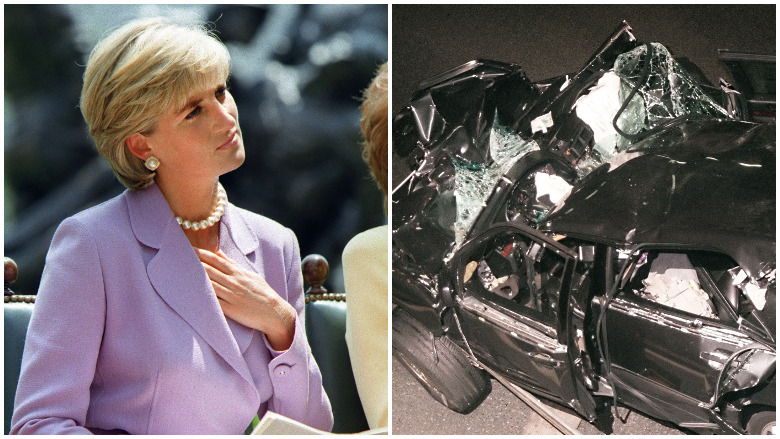
Getty Le Van Thanh may be a witness to the crash that killed Princess Diana.
Le Van Thanh is suspected of possibly driving the long-mysterious white Fiat Uno that had contact with Princess Diana’s car in the moments before the Paris crash that caused the deaths of Diana, her lover Dodi Fayed, and their driver, Henri Paul. Now a new book argues that Thanh may have information that should provoke a new British inquiry into the fate of the Princess of Wales.
The death of Diana in a Paris tunnel has sparked years of conspiracy theories. Although an inquest found that Diana’s death was an accident with speed and drunk driving as the cause, that hasn’t stopped those who believe that the princess was murdered, perhaps by powerful people in Britain who didn’t want the future King to have a Muslim stepfather (or so some of the theories go).
For years, the white Fiat Uno has been the subject of scrutiny, but a new book argues that a possible driver of it, identified as Thanh, was allegedly told to stay silent by French police.
Le Van Thanh has been written about before; in fact, in 2017, The Sun published photos of him, revealing he had become a competitive bodybuilder. You can see those pictures here. The article also contains pictures of Thanh’s once white Fiat Uno, which he repainted red. Daily Mail reported that Thanh’s father indicated he’d resprayed the vehicle right after the Diana crash. The British publication reported in 2017 that Lord John Stevens, the former Commissioner of the Metropolitan Police who headed the British investigation into Diana’s death, stated “publicly for the first time that he believes Mr. Thanh was the driver of the other vehicle involved in the crash.” Thanh has denied having anything to do with Diana’s crash.
The British government did hold an inquest into Diana’s death, and its lengthy report is called Operation Paget, which found that Diana’s death was a tragic accident and that she was not murdered. You can read it here. Princess Diana died on August 31, 1997. “The white Fiat Uno was not traced during the French inquiry,” the Operation Paget report states. “…A white Fiat Uno believed to have been involved in the collision with the Mercedes, did not stop at the scene. Neither the vehicle nor the driver has been identified.” However, Lord Stevens wanted to update the report with an interview with Thanh because Thanh is not mentioned in it, according to Daily Mail, which spoke with Stevens. Lord Stevens told the publication in 2017: “We could not interview him before the inquest because the French authorities would not allow us to do so. Their reasoning was that he had been interviewed and ruled out.”
Now, though, the authors of the new book write that they obtained a brief and troubling interview with Thanh.
Here’s what you need to know:
The Authors of a New Book Say They Tracked Down Le Van Thanh & He Made Troubling Comments
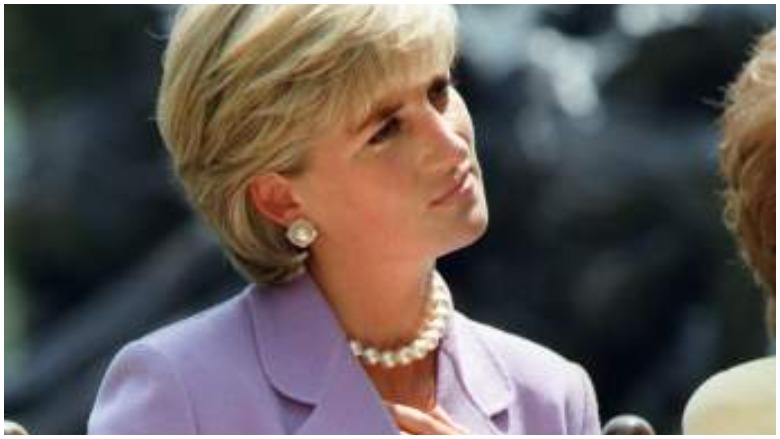
GettyPrincess Diana
The new book is called Diana: Case Unsolved, and it’s written by investigative journalist Dylan Howard and former Australian detective Colin McLaren. Their book is available for sale on Amazon here.
The book, reviewed by Heavy, says the authors interviewed Le Van Thanh. “There had been speculation that the driver of the vehicle was a paparazzo – but witnesses have identified a French national by the name of Le Van Thanh as the driver of that Fiat Uno,” Howard told 7News in Australia.
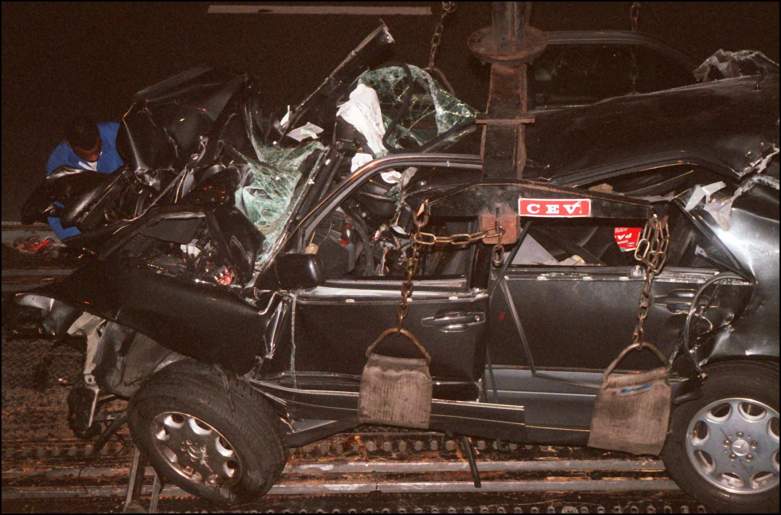
This picture taken 31 August 1997 shows a French policeman attaching the wreckage of Princess Diana’s car in the Alma tunnel of Paris.
“On the night in question, Le Van Thanh left work early and, according to witnesses, was in the tunnel. That was verifiable. He emerged from a merging lane into a collision with Princess Diana’s Mercedes, which sent the Mercedes careering into the 13th pylon inside that Paris tunnel.”
The television station quoted Howard as saying that he and McLaren spoke to Le Van Thanh for the first time, other than French authorities’ interview with him, since he has “not spoken for 22 years.”
“While he did speak to French authorities, he never spoke to Operation Paget. Lord Stevens, who oversaw the inquiry, asked Le Van Thanh twice to answer questions, and he won’t,” Howard told News7.
Lord Stevens told Daily Mail in 2017: “What we have said to Mr. Thanh is, ‘We believe you were the driver of the Fiat. Talk us through what happened.’ We don’t blame him for the accident. My Paget report said that a Fiat Uno was involved but was not the cause of the crash. We are still trying to interview him.”
The Book Claims That Thanh Stated That French Police Told Him Not to Talk With English Authorities Investigating Diana’s Death
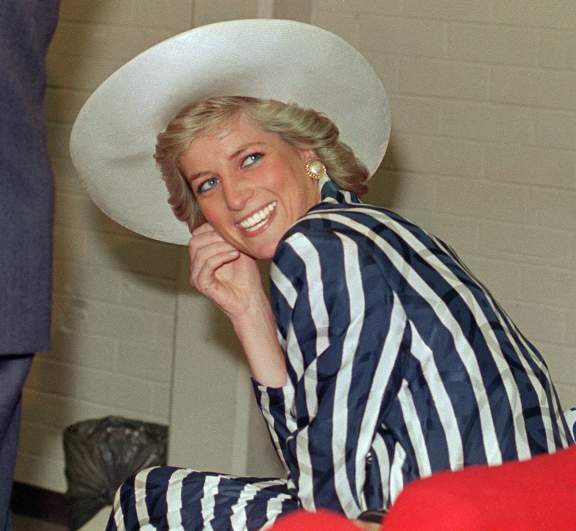
Princess Diana in 1988.
The book describes the white Fiat Uno as a mysterious car that “numerous witnesses say sped into the tunnel after the dark blue Mercedes and bumped it from behind, causing the fatal wreck. Investigators found paint and plastic in the wreckage that matched an Uno owned by Jean-Pierre Andanson, a French photojournalist supposedly chasing the princess.”
According to the book, police “bizarrely ruled the Uno out of playing any part in the crash,” and Andanson was later found dead in a BMW in France. Whether he committed suicide or was murdered has long figured prominently into Diana conspiracy theories.
For years, authorities launched a search for the Fiat’s driver, researching 112,000 cars. The book describes Le Van Thanh as then a 32-year-old man of Vietnamese ancestry, who was a security guard who owned one of the 4,600 white Fiat Unos registered in Paris at that time. Allegations arose that Le Van Thanh had repainted the car. He claimed he had an alibi for the time of the accident but had also replaced his bumpers.
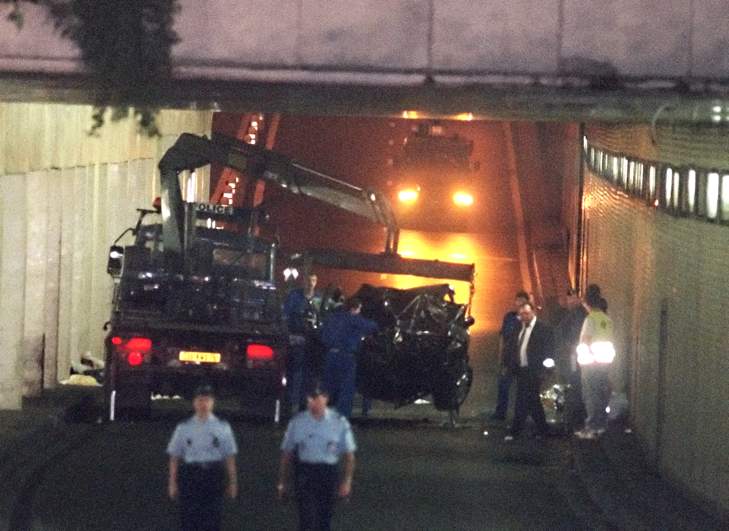
File photo dated 31 August 1997 shows wreckage of Princess Diana’s car in the Alma Tunnel of Paris.
The authors spoke to him in 2015 and 2019 at his home in France. The authors also spoke to a French couple named Sabine and George Dauzonne, who say they encountered an erratic and damaged Fiat that day near the crash scene, and they identified Le Van Thanh as its driver. The authors believe French authorities have not seriously pursued the account of that couple.
According to the book, Thanh said in the new interview that he had received “legal advice to not speak of that night to anyone.” The book claims he signed a police statement that he was at work on the night Diana died but later changed it to say he was driving around Parisian streets. But his sister told him not to sign it in case he could be prosecuted.
A police official told the authors the Thanh Fiat was “not compatible” with the Fiat in the crash but added that he had only studied the back of it whereas the French witnesses said its side was damaged.
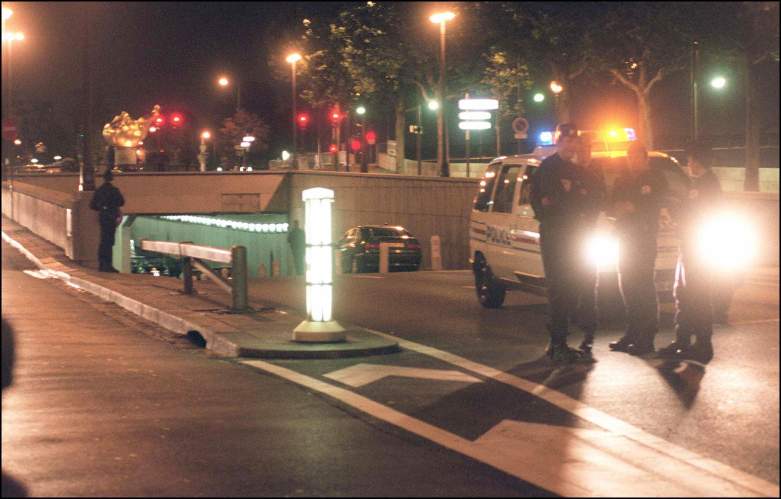
GettyPolice guard an entrance of the Alma tunnel in Paris early 31 August, inside lies the wreckage of Princess Diana’s car.
The authors claim that, in a second interview, Thanh said the French police told him not to go to England to talk to English investigators looking into Diana’s death. He told them he was already “exonerated” and “I know I didn’t do anything.” He said that French police told him “it’s not the same law as in France; don’t go there.” They say he said, “That’s why I let them think what they want.”
Through his lawyer, Mohamed Al-Fayed, Dodi’s dad, argued that the inquest should be reopened and Thanh interviewed by English authorities.
The book’s blurb on Amazon reads, in part, “Diana: Case Solved has uncovered in unprecedented detail just how much of a threat Diana became to the establishment. In these pages you will learn of the covert diaries and recordings she made, logging the Windsors’ most intimate secrets and hidden scandals as a desperate kind of insurance policy. You will learn how the royals were not the only powerful enemies she made, as her ground-breaking campaigns against AIDS and landmines drew admiration from the public, but also enmity from powerful establishment figures including international arms dealers, the British and American governments, and the MI6 and the CIA.
And, in a dramatic return to the Parisian streets where she met her fate, the two questions that have plagued investigators for over twenty years will finally be answered: Why was Diana being driven in a car previously written off as a death trap? And who was really behind the wheel of the mysterious white Fiat at the scene of the crash?”
Operation Paget Attempted to Dispel Conspiracy Theories in Princess Diana’s Death
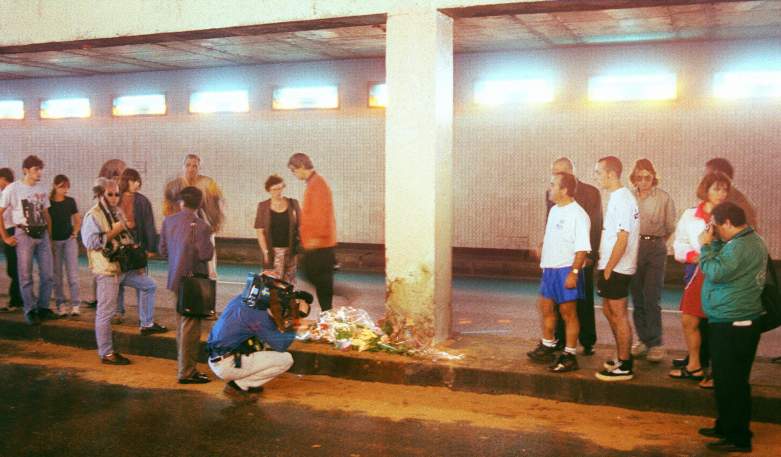
A cameraman films the point of the fatal car accident in Paris last night 30 August which killed Diana, Princess of Wales and her Egyptian friend Dodi al-Fayed. Bunches of flowers have been laid down in their memory.
In 2017, Daily Mail reported that “Thanh is in a stand-off with the former head of Scotland Yard who led a three-year inquiry into Diana’s death. Ex-Metropolitan Police Commissioner Lord Stevens has twice written to him in the past year urging him to tell what he knows.” At the time, the British publication said Thanh was working as a taxi driver.
The 800-plus page Operation Paget reports deals with eyewitness accounts and other vehicles in chapter 7. Some witnesses did not report seeing a Fiat Uno. Some saw motorbikes in the area and said the Mercedes was traveling at a high rate of speed.
“The witness evidence indicates that an unidentified motorcycle may have been to the right hand side of the Mercedes at the time when Henri Paul may have considered exiting to the right of the main carriageway of Cours Albert 1er in order to take the slip-road to Place de l’Alma,” the report claims. Some witnesses described seeing a white car and flashes before and after the crash. However, the report indicates, “It is apparent that there was a loss of control of the Mercedes some distance before the Alma underpass. The loss of control had already commenced before that locatio and therefore any bright lights or flashes on the immediate approach to or within the underpass were not a contributory factor to that loss of control.”
Other witnesses didn’t see a white Fiat or described seeing dark-colored cars.
Witness Georges Dauzonne told investigators, according to Operation Paget, of the white Fiat Uno: “I noticed that the car was zigzagging as it came out of the tunnel, going from the right hand to the left hand lane, so much so that it almost touched my left hand side as we were travelling side by side. I said to myself that the driver must be drunk and I was afraid that he would hit me, so I sounded my horn. The man, who was adjusting to his rearview mirror as he drove, slowed down enough for me to be able to overtake him. He was driving really slowly, because I approached the embankment at roughly 30 kilometres per hour. The scene that I am describing to you took place alongside the ‘Grand Chinois’ and ‘Wall Street’ restaurants, at the Place de I’Alma. The man slowed down almost to the point of stopping. I had the impression that he was going to reverse, because he was paying so much attention to his internal rear view mirror.’ ‘A large dog was on the rear seat and, although it was sitting, I could see its head, it must have been an Alsatian or a black Labrador. It was wearing an orange muzzle or ‘bandana’.”
His wife, Sabine, told investigators, per Operation Paget: “As we got near the embankment we saw a white Fiat Uno just like my mother’s. The Fiat Uno came towards our car because it was going along “crabwise”. The driver was looking behind him in his two rear-view mirrors. He didn’t see us. The man overtook us, my husband let him pass. The man nearly hit us at the front left, going to the right. My husband tried to overtake him but the man swerved to the left again, as if he was sort of trying to stop us getting past and he nearly hit us again. The Fiat Uno was so close to us in front that I couldn’t see the number plate at that point. The man got in the right-hand lane, as if he was going to stop. But I don’t know what he actually did because I didn’t turn round. My husband must have sounded the horn and overtook him on the left. The man was zigzagging and was not looking in front of him at all. He was just looking in his left and inside rear-view mirrors. He was leaning so far to look behind him that I thought he must be waiting for someone a long way behind in the Alma tunnel. I saw the car stop by the last restaurant there, about thirty metres from the tunnel exit.” Again, this is the couple the new book says identified Thanh as the Fiat driver they saw, from photographs shown to them.
The Operation Paget report sections on the white Fiat Uno deal extensively with claims that photographer James Andanson might have been driving it – not Le Van Thanh. However, the report rules out Andanson as the driver.
As for Andanson’s death, Operation Paget found: “There were no signs of violence or blunt trauma to the body of James Andanson. He was alive when the car was set on fire as indicated by the high CO levels. There was no evidence to suggest the involvement of any other person in his death.”
As to the French investigation into the white Fiat Uno, Paget wrote: “The enquiries to trace the Fiat Uno came to an end after more than one year when the police reported their findings to Judge Stéphan. Despite checking 4,668 vehicles they could not positively identify the Fiat Uno involved in the collision. The search concluded in October 1998. Despite the efforts of the French police they were unable to identify the vehicle or its driver. Commandant Vianney Dyèvre reported the result of their enquiries to Judge Stéphan.” (Judge Hervé Stephan was the head French investigator.)
As to whether Adanson’s Fiat Uno was involved in the crash: “James Andanson has never been identified either as being at the scene of the crash or in Paris on the day of the crash. He slept overnight at his home in Lignières, some 170 miles south of Paris, and left at about 4am on Sunday 31 August 1997 to fly to Corsica for a pre-arranged appointment. His wife, Elisabeth Andanson, provided evidence to support this account.”
READ NEXT: Princess Diana’s Family.